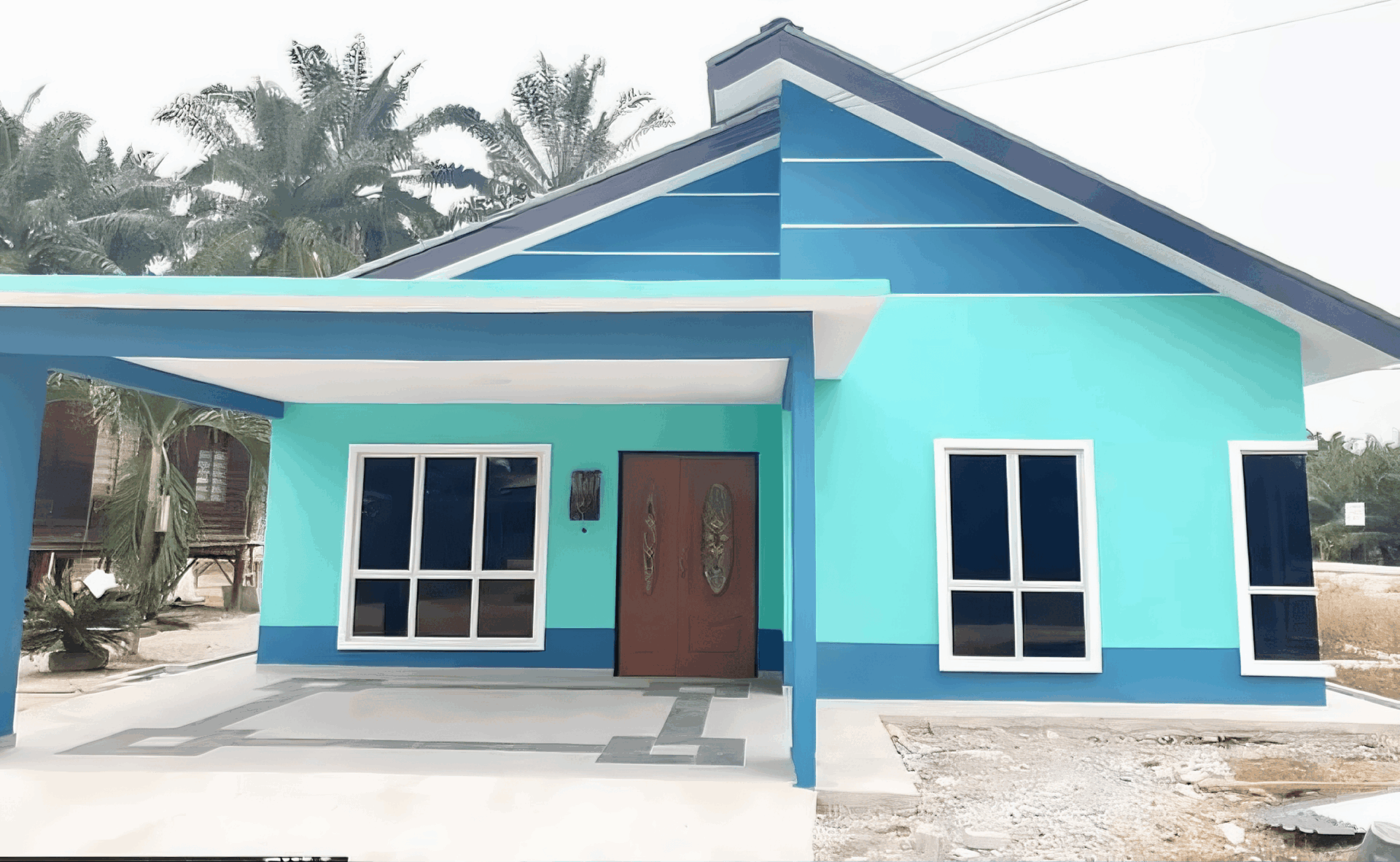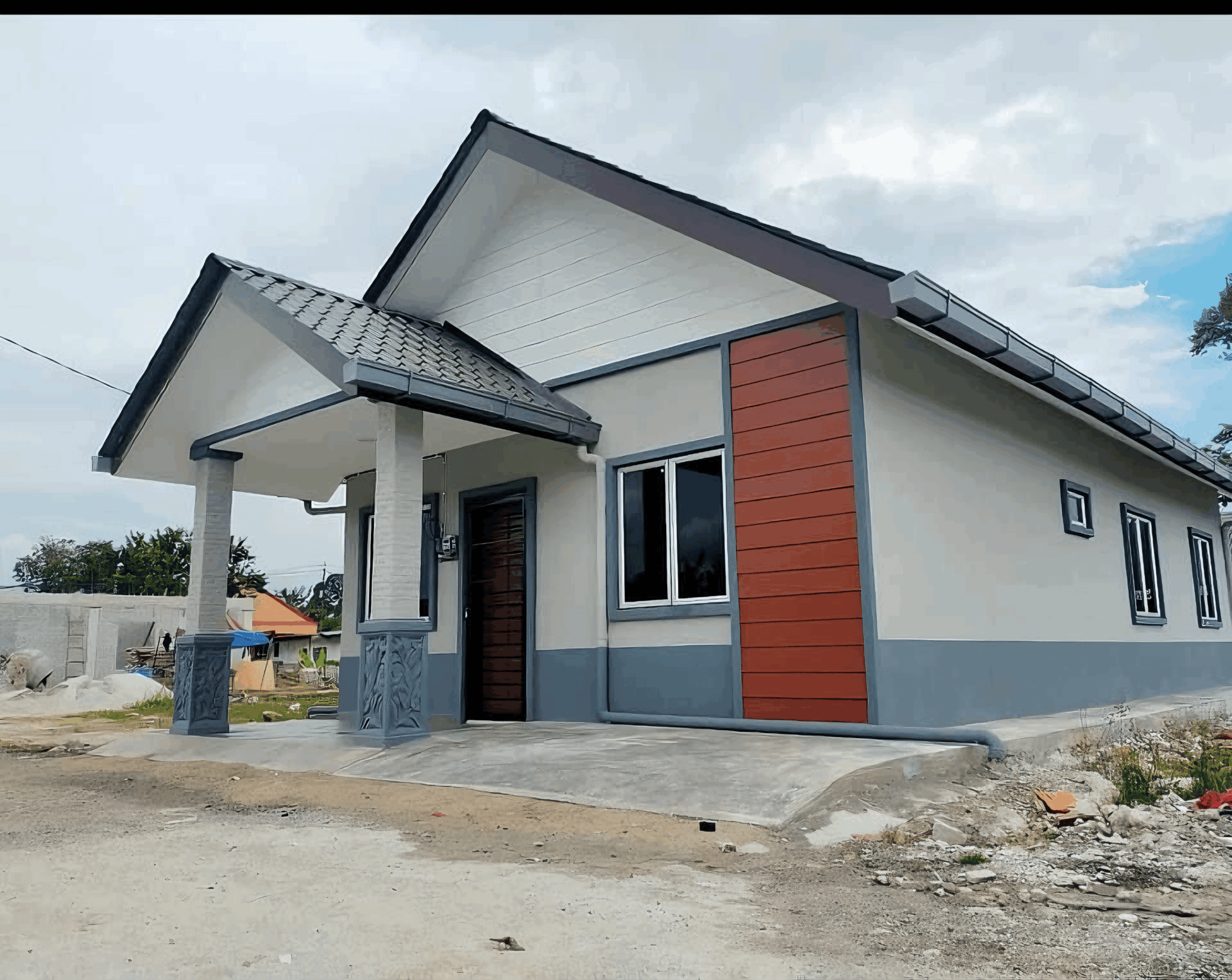Hey there! So, you’re diving into the world of cost estimating, and let’s be honest, it can feel like trying to solve a Rubik’s Cube blindfolded. Whether you’re a business owner, a project manager, or just someone trying to make sense of budgeting for that new side hustle, estimating costs can be a real head-scratcher. But don’t worry! We’ve got your back. In this article, we’re sharing 11 nifty cost estimating cheats that will have you looking like a total pro in no time. These tips are simple, effective, and will help you tackle those numbers with confidence. So grab a cup of kopi, sit back, and let’s unlock the secrets to mastering cost estimation together.
Understanding the Basics of Cost Estimation
Cost estimation is an essential part of any project, big or small, and having a good grasp of its fundamentals can make a huge difference in execution. It involves predicting the costs associated with the resources needed to bring a project to completion. Understanding these estimates helps in budget allocation, resource management, and ultimately, project success. Here are some vital aspects to keep in mind:
- Types of Costs: Familiarize yourself with different types of costs—fixed, variable, direct, and indirect. Knowing the difference will help you create a more accurate budget.
- Estimating Methods: Get to know various estimation methods such as top-down, bottom-up, and parametric estimating. Each has its advantages depending on the nature and scope of the project.
- Data Sources: Leverage historical data or industry benchmarks to ground your estimates in reality. Costs tend to fluctuate, so having a reliable source is invaluable.
When diving deeper into creating estimates, clarity is your best friend. Presenting data in a clear manner can not only communicate your understanding but also gain the trust of your stakeholders. Visual aids like charts or graphs can help elucidate complex information. An effective approach is to break down cost components into a table for better visibility:
| Cost Component | Estimated Cost (RM) |
|---|---|
| Materials | 5,000 |
| Labor | 8,000 |
| Overheads | 2,000 |
| Miscellaneous | 1,500 |
On top of these basics, communication plays a pivotal role. Engaging with your team throughout the estimation process can unearth insights that may have otherwise slipped through the cracks. Also, frequent reviews and adjustments based on progress and feedback ensure that your estimates remain relevant and practical. Emphasizing collaboration while monitoring risks can enhance the quality of your estimates significantly.

Common Pitfalls in Cost Estimation and How to Avoid Them
When it comes to cost estimation, one common pitfall is underestimating project complexity. It’s easy to get caught up in the excitement of starting a project and overlook the detailed requirements that can inflate costs. To steer clear of this trap, always break down the project into smaller, more manageable tasks. This step helps in identifying hidden complexities early on. Don’t forget to consider factors like regulatory challenges, resource availability, and potential delays—these can all add to the final cost.
Another tricky area is failing to include all relevant costs. Sometimes, initial estimates might look attractive, but without factoring in overheads, contingency funds, or indirect costs, your budget can quickly spiral out of control. It’s crucial to create a comprehensive list of all potential expenses. You might want to use a simple table layout to outline these costs:
| Cost Category | Example |
|---|---|
| Direct Costs | Raw materials, labor |
| Indirect Costs | Utilities, administrative expenses |
| Contingency | Unexpected expenses |
The last major pitfall is neglecting to update estimates as the project progresses. Cost estimation is not a one-time task; it’s a dynamic process. As new information surfaces, like changes in project scope or market fluctuations, it’s important to revisit your estimates. Regularly tracking expenses against your initial estimates allows you to make necessary adjustments in real-time. Plus, it fosters transparency with stakeholders and ensures everyone stays on the same page. To keep track, you might consider implementing a flexible project management tool where you can continuously update estimates as needed.

Leveraging Technology for Accurate Cost Predictions
In today’s fast-paced world, utilizing technology in cost estimating has become not just an option, but a necessity. The right tools can dramatically enhance your ability to make accurate and timely predictions. Software solutions such as cost estimating applications can streamline data management, allowing you to access historical data and current market rates with just a few clicks. This eases the guessing game out of cost estimation, ensuring that your figures are based on solid, reliable information. Plus, many of these tools integrate data analytics capabilities, letting you identify trends and patterns that can inform your future estimates.
Moreover, cloud-based platforms offer unrivaled flexibility and collaboration. Team members can work from anywhere, sharing spreadsheets, documents, and cost plans in real-time. This is particularly beneficial for projects that involve multiple stakeholders, as everyone can stay on the same page without the foray into endless email chains or mismatched versions of documents. Improved communication not only saves time but also reduces errors that can arise from misunderstandings or miscalculations.
Lastly, don’t overlook the power of machine learning and artificial intelligence in predictive analytics. These technologies can analyze vast datasets to predict costs more accurately than traditional methods. By constantly learning from new data inputs, these systems improve their estimates over time, which can mean significant savings in both time and money for your projects. Imagine having a digital assistant that continuously adjusts your estimates as new information becomes available, further eliminating the uncertainty from decision-making.

Mastering the Art of Break-Even Analysis
When it comes to crunching numbers, break-even analysis is a game-changer. Imagine knowing exactly how many units you need to sell before you see any profit. This isn’t just for big corporations; it’s a nifty trick for small businesses or solo entrepreneurs too. By simply mapping out your fixed and variable costs, you can unveil the magic number—the break-even point—which indicates where your revenues cover your costs.
To embark on this analytical journey, start by listing your fixed costs. These are the expenses that don’t change no matter how much you sell, like rent or salaries. Next, jot down your variable costs, which fluctuate with production volume, such as materials and labor. Once you have these numbers, you can use the following simple formula to find your break-even point:
| Formula |
|---|
| Break-Even Point = Fixed Costs / (Selling Price per Unit – Variable Cost per Unit) |
Once you know your break-even point, it’s easier to set realistic sales goals and assess the impact of pricing changes. A well-thought-out break-even analysis not only assists in making informed decisions but also helps in crafting an effective marketing strategy. Remember, understanding the numbers behind your business equips you with the confidence to navigate financial discussions and impress stakeholders.

Utilizing Historical Data to Improve Future Estimates
Every savvy estimator knows that using past data is like having a treasure map to guide you through future projects. When analyzing completed projects, don’t just look at the overall costs—dive deep into specific components. By breaking down historical data into detailed categories, you can identify patterns, trends, and anomalies that inform your new estimates. For instance, if you’ve consistently found that material costs inflate by a certain percentage year over year, you can adjust your current estimates accordingly, ensuring they reflect reality.
This approach doesn’t just stop at cost control. It’s also about understanding the broader context surrounding those numbers. Ask yourself the right questions: Were there unforeseen challenges? How did project scale affect costs? Did certain suppliers consistently offer better rates? By keeping a close watch on these variables, you can refine your estimating techniques. Make a point to create a summary table of past projects, highlighting key factors that influenced costs:
| Project Name | Total Cost (MYR) | Key Challenges | Supplier Performance |
|---|---|---|---|
| Project A | 50,000 | Weather Delays | Excellent |
| Project B | 75,000 | Material Shortage | Good |
| Project C | 90,000 | Labor Strikes | Average |
ensure that you regularly review and update your data repository. Keeping your historical data relevant requires a proactive approach. After every completed project, set aside time to document not only the costs but also any additional insights or lessons learned. Over time, this will not only enhance your estimates but also build your reputation as an informed and prepared estimator, making you look like a genius among your peers in the industry.

The Importance of Contingency Planning in Cost Management
In the ever-shifting landscape of project management, having a robust contingency plan is not just smart; it’s essential. Cost overruns can spring up unexpectedly due to various factors like inflation, sudden market changes, or even unforeseen disasters. By incorporating a contingency planning approach into your cost management strategies, you create a buffer that helps shield your budget against these surprises. This foresight not only keeps your projects on track but also enhances your credibility as a cost estimator.
Think of contingency planning as your safety net. It allows you to allocate resources for unexpected events without derailing your month-end reports. Consider the following elements when developing your contingency plans:
- Risk Assessment: Identify potential risks and their impacts on costs.
- Flexible Budgeting: Set aside a percentage of your budget for unforeseen expenses.
- Regular Review: Continuously evaluate risks and adjust your plans accordingly.
For a clearer picture, here’s a simplified table illustrating a basic contingency budget setup:
| Item | Estimated Cost | Contingency Fund |
|---|---|---|
| Project A | RM 10,000 | RM 1,000 (10%) |
| Project B | RM 15,000 | RM 1,500 (10%) |
By proactively planning for potential hiccups, you reduce the stress of financial unpredictability. Plus, it shows clients and team members that you’re prepared and professional. No one likes surprises when it comes to cash flow, so by integrating contingency planning into your overall cost management, you elevate your game and stand out as the genius cost estimator you aspire to be!

Collaborating with Stakeholders for Comprehensive Estimates
When it comes to nailing your cost estimates, one of the best moves you can make is to engage with stakeholders early on. Stakeholders often hold a wealth of insight that can guide your estimate to be more accurate and informed. Don’t just rely on dry historical data or gut feelings. Instead, bring together the voices of those who are involved in the project; whether they are project managers, finance officers, or even the end-users of the product. By collaborating, you can gain different perspectives and potentially uncover hidden costs or savings.
Consider setting up informal workshops or roundtable discussions to foster a collaborative environment. Armed with a whiteboard or digital tools like Miro, you can brainstorm potential project elements and costs together. This participatory approach not only builds rapport but also creates a sense of collective ownership over the estimates. Here are a few things to cover during your discussions:
- Project Objectives: Understand what the end goal is and how stakeholders envision getting there.
- Potential Risks: Identify uncertainties that could affect the budget, such as regulatory changes or resource availability.
- Value Engineering: Discuss alternatives that could provide similar benefits at a reduced cost.
To consolidate the information and insights gained, a simple table can help outline the key aspects discussed. This can serve as a quick reference for everyone involved. Here’s an example layout:
| Stakeholder | Insights Provided | Potential Risks |
|---|---|---|
| Project Manager | Focus on timeline and resource allocation | Delay in approvals |
| Finance Officer | Budget constraints and cash flow | Unexpected costs |
| End-User | User needs and functionalities | Changing requirements |
By engaging stakeholders and turning this into a collaborative effort, you’ll not only improve the accuracy of your estimates but also earn the respect and trust of those involved. It transforms the often siloed estimating process into a shared journey, paving the way for better project outcomes and smoother team dynamics. So get those voices in the mix, and watch your estimating prowess flourish!

Tips for Presenting Your Estimates Like a Pro
When it comes to presenting your estimates, clarity is key. Start by organizing your data visually. Utilize charts or graphs to depict cost breakdowns, as this makes it easier for clients or stakeholders to grasp the financial aspects at a glance. A well-structured presentation slide showing a pie chart of your estimates can immediately highlight major cost components, making your figures not just numbers but a story that connects to their expectations.
Another handy tip is to incorporate analogies that relate to everyday experiences. For example, when discussing labor costs, you might compare it to the price of hiring a skilled chef for a dinner party. This makes it relatable and keeps your audience engaged. A quick comparison table can help here:
| Service | Cost Example |
|---|---|
| Skilled Labor | RM 50/hour (like hiring a chef) |
| Material Costs | RM 5,000 (like buying a car) |
Lastly, keep your estimates interactive and invite questions during your presentation. This not only demonstrates confidence in your numbers but also makes your audience feel involved and valued. Encourage them to share their thoughts or concerns, and be ready with clear, concise responses. Use confidence-boosting phrases like “Based on thorough research” or “We’ve factored in potential risks” to strengthen your position. This way, you’ll not just present numbers but also cultivate trust and rapport with your audience.
To Wrap It Up
And there you have it – 11 nifty cost estimating cheats that can truly elevate your game and make you look like a genius to your colleagues and clients alike! Whether you’re knee-deep in construction, diving into a new project, or just trying to manage those pesky budgets, these tips are here to lighten your load and boost your confidence.
Remember, cost estimating doesn’t have to be a hair-pulling experience. With these tricks, not only do you save time and avoid headaches, but you’ll also be that go-to person everyone relies on for pricing insights.
So, the next time you’re faced with a budget conundrum, don’t sweat it! Pull out these cheats, and watch your estimating game soar. Go on, give it a shot – you might just surprise yourself! Happy estimating, fellow savvy planner!







